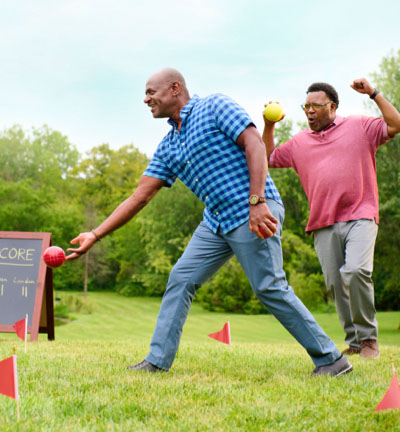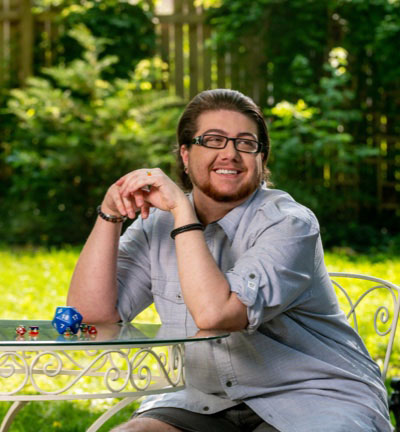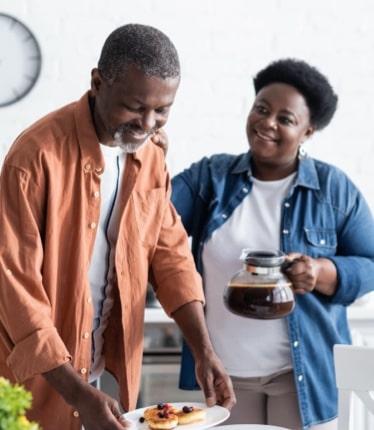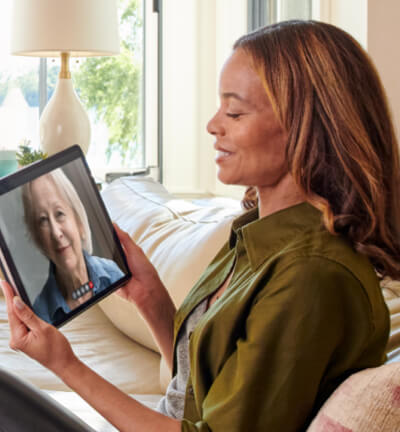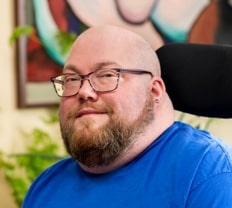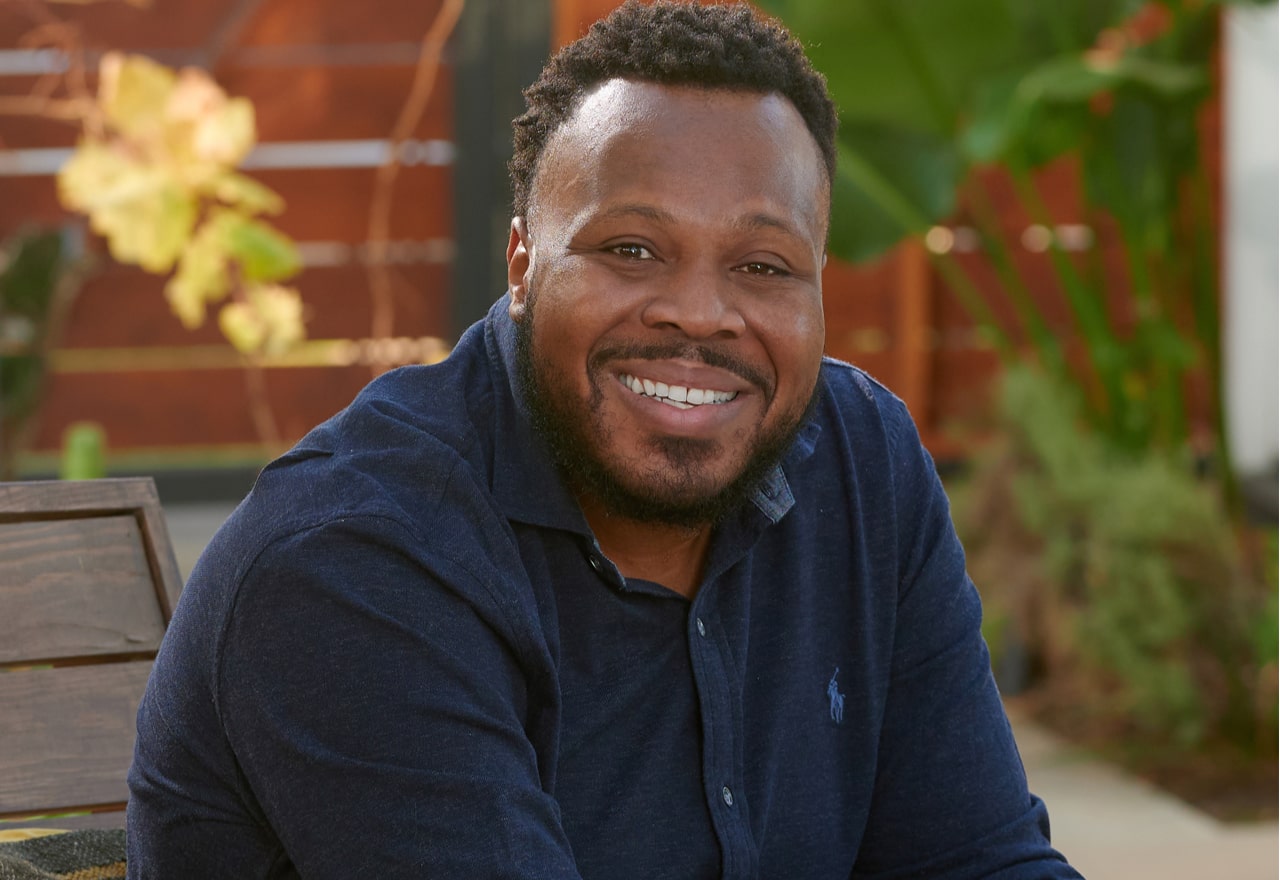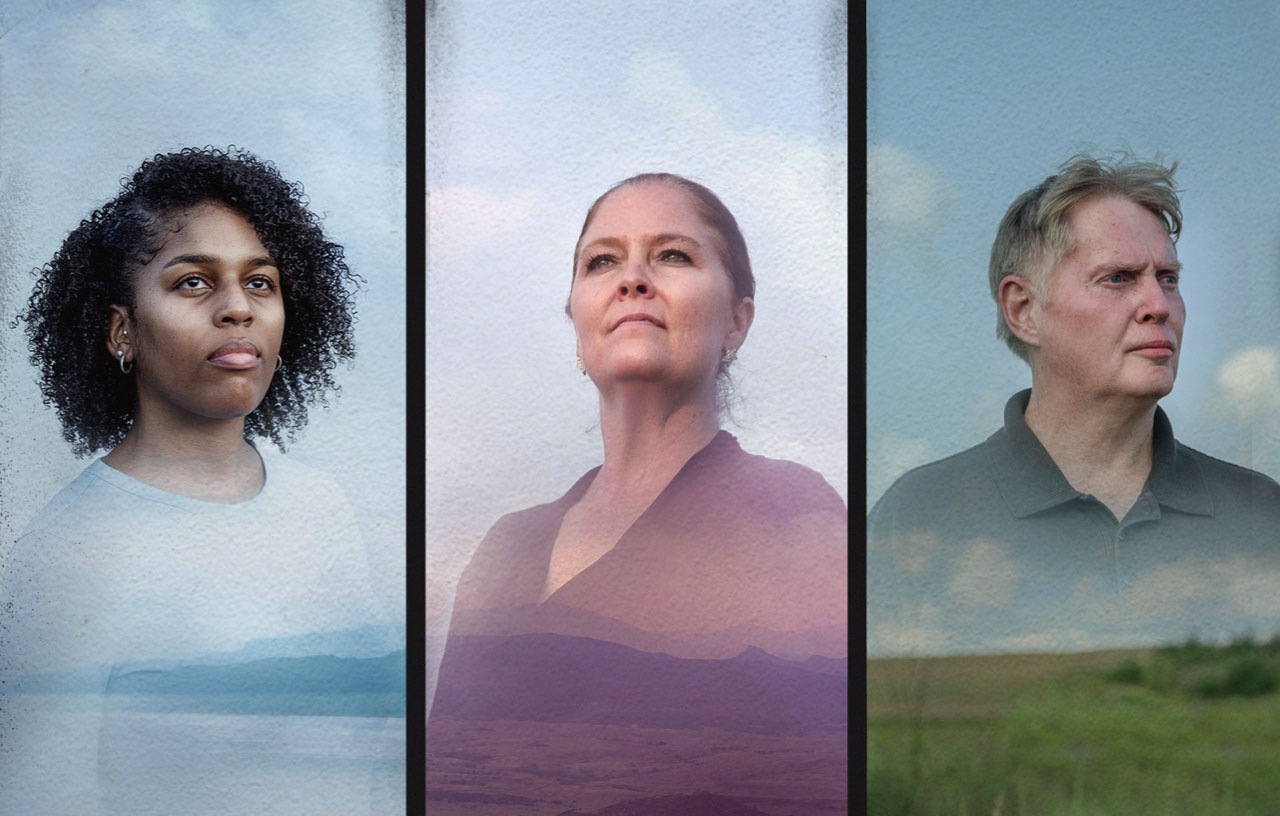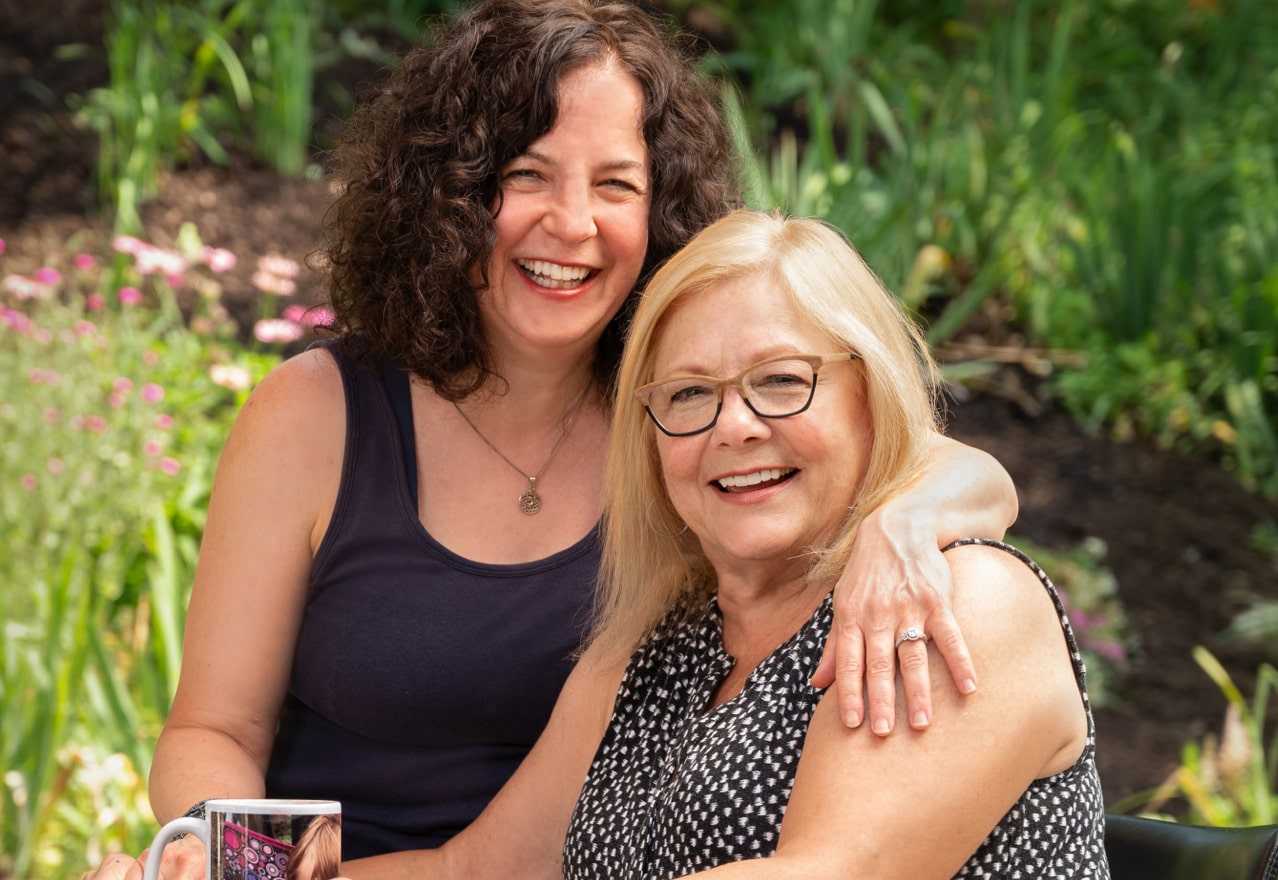Zach, thanks for speaking with us today. Could you start by telling us what your life was like before you were diagnosed with MG?
I was always active. Before I experienced any symptoms of myasthenia gravis, I was living in California, very near to the beach. I love the outdoors, so I used to take long hikes and go boogie boarding. I was working as a computer user interface designer, but I also volunteered at a pocket pet rescue that specialized in rats and guinea pigs. And I have a degree in directing, which led to an opportunity to direct an important play called Upstairs about the real-life arson that destroyed a New Orleans gay club in 1973. As a queer transgender man, this topic is especially important to me, and I was grateful for the opportunity to bring this story to life on stage.
Can you walk us through your myasthenia gravis story?
My first MG symptom was in 2013. I started having trouble tying my necktie. My hands hurt and were weak, so I made the fashion choice to start wearing a bolo tie. I thought the trouble might have been related to when I broke both of my elbows as a kid. A little while later, I started having trouble lifting my legs—even to get into the car. Those symptoms didn’t seem to be connected, so I didn’t correlate them.
In 2014, I developed blurry vision. Then, double vision. That freaked me out, so I went to the hospital. They ran some tests and told me it was a migraine. I’d had migraines before, but this didn’t feel like anything I’d ever experienced. I tried to tell them, but the doctor assured me it was a migraine and wrote me a prescription. A few days later, my vision cleared up and I carried on with my life. I had double vision again the next year. Again, the doctor said it was migraines.
By this time, I had already stopped working full time because of my other health issues. I continued to have problems with muscle weakness in my hands and legs along with the vision issues. One day, I was posting online about my symptoms when a woman said, “You have myasthenia gravis, like me.” I didn’t believe it at first. I got tested, but the tests came back negative, so no other tests were done. It wasn’t until later that I learned you could be seronegative and still have MG. By December 2015, I was using a motorized chair and some days I couldn’t sit up or even chew. In 2016, I went through more testing and was finally diagnosed with myasthenia gravis.
How has life changed because of myasthenia gravis?
Everything changed. I used to be able to do everyday things, like cooking, cleaning and going shopping. I was able to paint and draw, as I had done all my life. Even after I was on disability, I was still able to do most things with a little help. However, by the time I was diagnosed with MG, I could barely breathe and hardly stand. I couldn’t hold a paintbrush or a sketchbook. It felt like so much had been taken away from me.
Shortly after I was diagnosed, I bought a house in Oregon with accessibility modifications that would allow me to still be able to do some things on my own. It has a kitchen with low counters so I can do things while in my chair, a stair lift to get me between floors and accessible bathrooms with a roll-in shower.
By the time I was diagnosed with MG, I could barely breathe and hardly stand.
How did you adapt to all these changes going on in your life?
Mentally, I had to accept that everything had changed. I redefined my entire sense of self. How we see ourselves is connected to what we do, and when I went on disability and received my MG diagnosis, I had to stop defining myself as a user interface designer. I’ve struggled with health problems for most of my life, but MG was the one that really made me reframe my life.
But I didn’t slip into a “woe is me” mentality after my MG diagnosis. I try not to let my limitations from my MG frustrate me. Also, I see a therapist and I’m active in several online communities for myasthenia gravis. Having people that I can talk to who know what it’s like to have MG has been a comfort, and I’ve learned so much from them.

Once my MG was being treated, I began physical and occupational therapy, which helped me regain some of my mobility. Also, I started using forearm crutches, which helped enable me to do things with my hands while I’m standing. When I bought my house in Oregon, I hired a designer with a history of working on buildings to make them Americans with Disabilities Act (ADA) compliant. I realize just how fortunate I am that I could afford to do that.
I didn’t slip into a ‘woe is me’ mentality after my MG diagnosis.
You said that you have a complicated medical history. How do you manage your myasthenia gravis while battling multiple illnesses at once?
It helps to have a good healthcare team. My primary care physician is absolutely great. She finds my medical history fascinating and she works hard to help me manage my total health. I see many specialists and they all communicate, which helps them understand me better and see me as more than just my disease. Also, I try to go to the same doctors. Because of my complicated medical history, seeing the same healthcare providers means I don’t have to re-explain my symptoms each time I need to go in.
I also try to eat somewhat healthy, but I don’t obsess about it. I wish I could get more exercise, but I try to stay as active as possible. On a day-to-day basis, I focus on whatever is causing me the most trouble at that time. When my MG is flaring, I pay more attention to that.
In your experience, did your gender transition affect your MG journey?
I don’t think being transgender has affected the overall quality of care I’ve received. It doesn’t even come up a lot of the time, and when it does, people have been pretty good once I explain a little.
Where do you turn for support during a bad day?
I’ve found a lot of support from online communities. The people in my groups don’t live close by, but they are there to give me mental and emotional support when I need it. My sister lives in Tennessee, but she’s always there to talk when I want.
My best friend and his fiancé are so good to me. When I was in rehab after my most recent MG crisis, they took care of my ferrets for me and even brought them to see me while I was there. I also have a close friend who’s a special ed teacher who’s very supportive. Even my neighbors have helped look after me. One of my neighbors is in his 70s, but he’s put my garbage and recycling bins away for me and brought my mail from the mailbox to my front door. One thing I am not lacking is support.
I’ve found a lot of support from online communities.
You sound pretty involved in the myasthenia gravis community. Do you have any advice for other people who want to get involved?
When I got involved in those support groups, I felt like I wanted to give back to the MG community. I also talk about MG and some of my other medical issues on social media to help others realize that they’re not alone. I am a support group leader in Portland, and on a patient advisory committee for the Myasthenia Gravis Foundation of America (MGFA) that’s helping to put together a speakers’ bureau to get our stories out there.
If others want to get involved, it can be as simple as a Google search for MG support groups in your area.
The MGFA has a list of support groups by region, and the Muscular Dystrophy Association (MDA) runs support groups in some cities. You can always ask your neurologist if they know of any support groups, or you can start your own if there isn’t one. I think the most important thing is to share your story with others, so they know they’re not alone.


